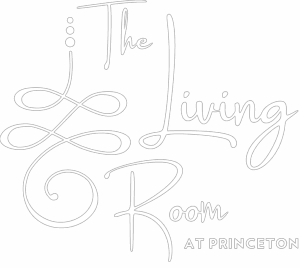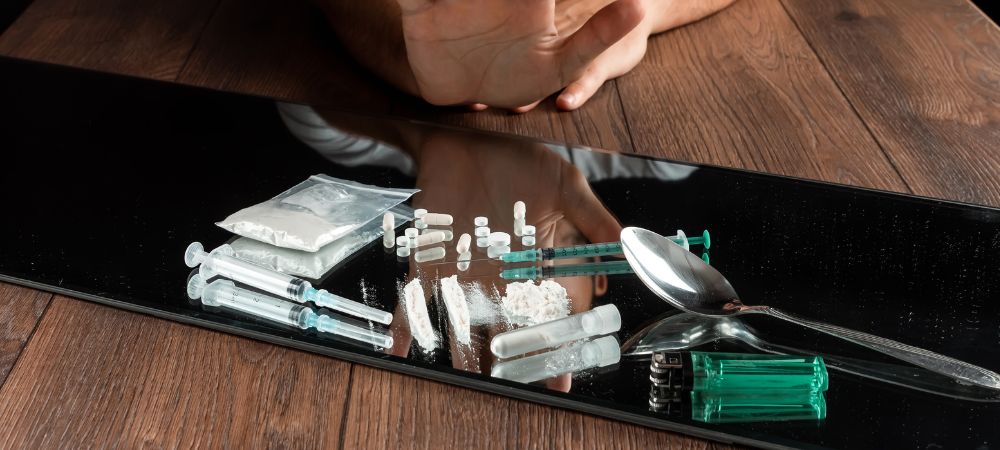When it comes to adolescent drug use, there are some reasons to feel hopeful. Research shows that teen drug use has declined over the past two decades, with fewer adolescents using illicit drugs except for marijuana.
However, adolescent drug use is still a concern among parents, doctors, and mental health experts. Teen drug use can cause extreme harm to young users who may start using substances for a variety of reasons.
Understanding the roots of adolescent drug use is essential. Teens may begin using drugs to fit in with peers, out of curiosity, or to mask the effects of a mental illness. Whatever the reason for starting to use drugs, adolescent substance abuse can quickly spiral out of control and result in serious–potentially life-threatening–consequences.
This article will explore ten of the most commonly abused drugs among adolescents and how to find the help you need to help a teen in your life. Reach out to the caring specialists at The Living Room now to find resources about adolescent drug use and information about our holistic treatment programs.
10 Most Commonly Abused Drugs Among Adolescents
Adolescents often begin to experiment with drugs to fit in with a social group or to cope with the symptoms of a mental illness like depression. They may use different drugs for their widely varying effects.
Here are ten of the most commonly abused drugs among adolescents.
1. Marijuana
Several states have taken steps to decriminalize or legalize the sale and use of marijuana for recreational or medical purposes. Despite this, marijuana use among adolescents has dropped across the country.
Still, nearly 6% of 12th-grade students use marijuana every day, according to the National Survey on Drug Use. Marijuana is relatively popular among adolescents because of its accessibility–especially in states where it is legal.
Studies also show that many adolescents (80% of 12th graders and 65% of 10th graders) believe they can easily obtain marijuana if they want it. Adolescents’ perception of the risk of marijuana use has also declined, which may make it more appealing to some.
2. Cocaine
Adolescent cocaine use is less prevalent than teen marijuana abuse, but about 2.3% of adolescents reported using this potent stimulant in the past year.
Adolescents may be more likely to use cocaine while drinking alcohol because the stimulant effects of the drug counteract the sedative effects of alcohol, allowing them to drink more or for longer periods.
3. Stimulants
Stimulant drugs like Adderall and other ADHD medications are often widely available to adolescents because of peers with prescriptions for them. According to research from the National Institute on Drug Abuse (NIDA), about 4.5% of 12th-graders have used Adderall recreationally. Adolescents may believe that prescription drug use is less risky than using illicit drugs, but recreational prescription drug abuse carries similar risks.
4. Prescription painkillers
Prescription painkillers like oxycodone and Vicodin are highly addictive and can result in severe complications, including life-threatening overdoses. These potent drugs are commonly prescribed throughout the United States, giving adolescents easy access to them.
5. Spice/K2
Synthetic marijuana products like Spice and K2 are legal in many parts of the United States, allowing adolescents relatively easy access to them. In 2011, studies showed that over 11% of 12th graders reported using Spice/K2 in the last year. Since that time, legislation has reduced the amount of dangerous synthetic marijuana on the market, which has resulted in fewer adolescents using it.
6. Heroin
Adolescent heroin use has fallen since the 1990s, but the American Academy of Pediatrics has voiced concern that prescription opioid abuse can lead teens to heroin use.
7. Crystal meth
Crystal meth use among adolescents has fallen since the late 1990s, but teens who use this potent drug are still at risk of severe complications and death. Research on adolescent crystal meth use suggests that teens may want to use this drug because it can give them energy or support weight loss.
8. Ecstasy
Ecstasy is the common term for MDMA, a euphoria-producing drug popular in clubs. In general, ecstasy use among adolescents is relatively low, with only a little more than 2% of 12th-graders reporting using MDMA in the past year.
9. Hallucinogens
Just over 3% of teens used hallucinogens like LSD and magic mushrooms in the previous year, according to research from NIDA. Teens who do use hallucinogens may seek the hallucinations and other effects of hallucinogenic “trips” that they believe are pleasant or exciting.
10. Inhalants
Inhalants are easily accessible to teens via household products like glue, gasoline, and nail polish remover. Younger adolescents are statistically more likely to use inhalants than older teens, according to research. Still, inhalant abuse is a concern among parents and medical professionals because it can lead to addiction and cause long-term health problems.
Adolescent drug abuse requires immediate intervention and treatment. It’s important to recognize the signs of teen drug use and seek treatment as soon as you realize it. Access to comprehensive treatment is essential to helping adolescents safely stop using drugs and giving them the tools and support to avoid relapse in the future.
Learn More About Adolescent Drug Abuse
If you are concerned about adolescent drug abuse and want to learn more or find treatment, reach out to the team at The Living Room now. Our caring specialists will help you find the adolescent treatment programs and support you need to help the teen in your life. Call today for more information about our programs or to schedule an intake appointment.
References:
- National Center for Drug Abuse Statistics: Drug Use Among Youth: Facts & Statistics, Retrieved January 2024 from https://drugabusestatistics.org/teen-drug-use/
- National Institute on Drug Abuse (NIDA): Most reported substance abuse among adolescents held steady in 2022, Retrieved January 2024 from https://nida.nih.gov/news-events/news-releases/2022/12/most-reported-substance-use-among-adolescents-held-steady-in-2022
- Substance Abuse and Mental Health Services Administration (SAMHSA): National Survey on Drug Use and Health (NSDUH), Retrieved January 2024 from https://www.samhsa.gov/data/data-we-collect/nsduh-national-survey-drug-use-and-health

